Food has always been an integral part of human culture and identity, and some dishes have become iconic around the world. From rich and creamy chocolate to crispy and salty potato frites, and from tangy and sharp cheese to savory and comforting pasta, these foods have a long and fascinating history that spans continents and cultures. Each dish has its own unique origin story and has been adapted and modified by different regions and countries, resulting in a vast array of flavors, textures, and cooking techniques. Whether you’re a food lover, a traveler, or simply curious about the world’s culinary heritage, exploring the origins and best places to try these iconic foods is a journey worth taking.



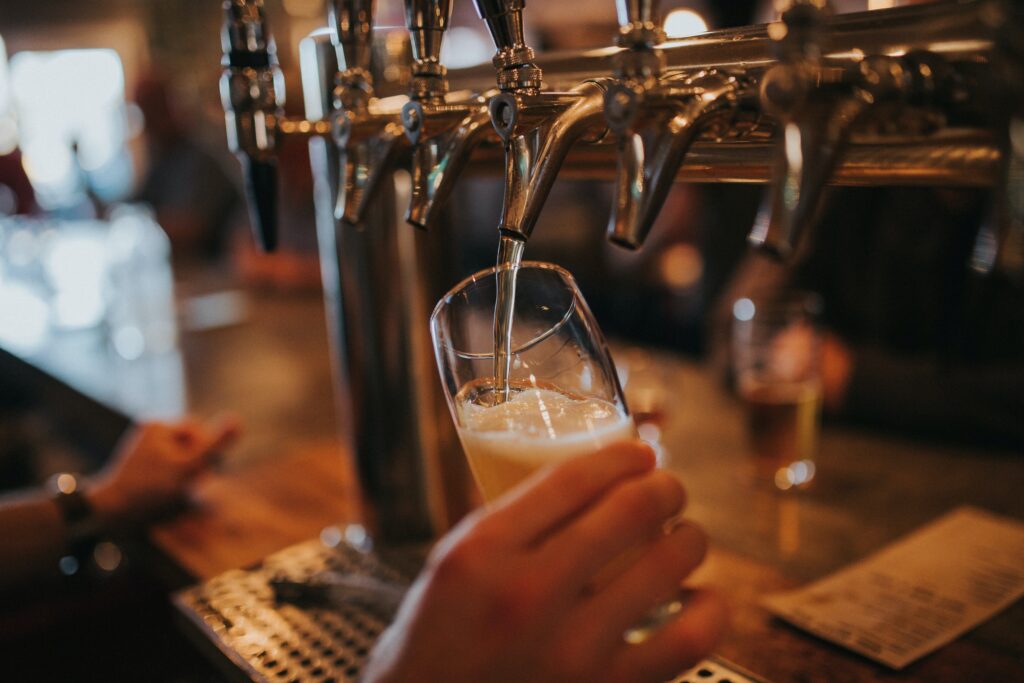

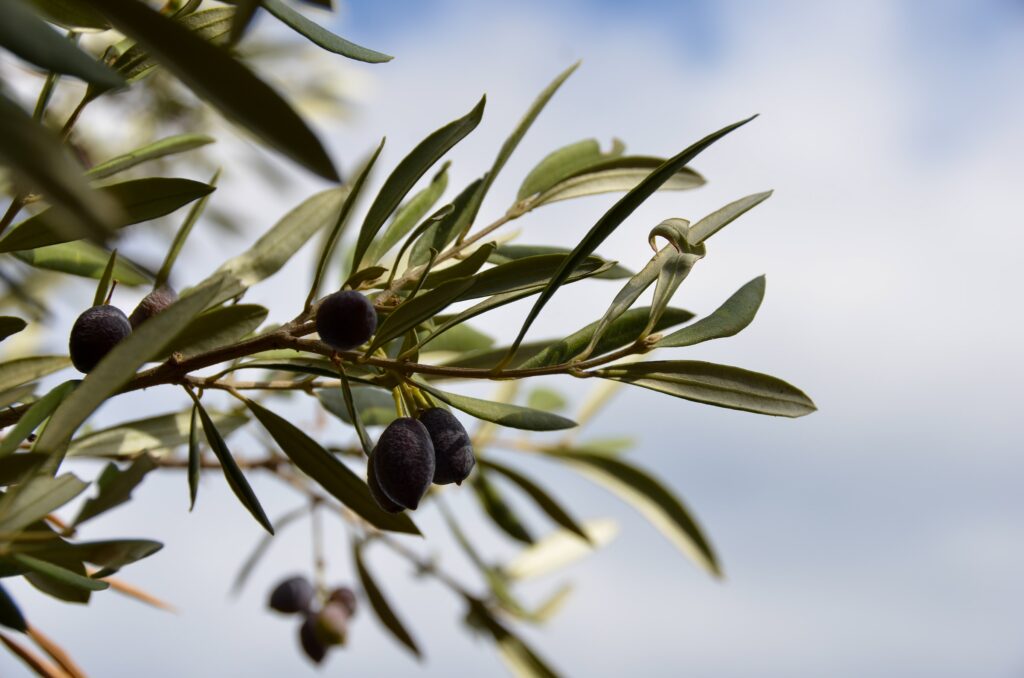
Yogurt:
This creamy and tangy delight has been consumed for thousands of years and originated in the Middle East. Nomadic tribes discovered that milk carried in animal skins would ferment in the hot desert sun, creating a portable and nutritious snack. Today, yogurt is enjoyed all around the world, and some of the best places to savour it in its authentic form include Turkey, Greece, and Lebanon. Turkish yogurt, or “yoğurt” in Turkish, is renowned for its rich and creamy texture and is often served as a dip with savoury dishes. Greek yogurt, or “yiaourti” in Greek, is known for its thick and luscious consistency and is a popular breakfast item. Lebanese yogurt, or “labneh” in Arabic, is strained and thickened, making it perfect for dips, dressings, and spreads.
Wine:
The production of wine dates back to ancient times, and its origin is shrouded in mystery. However, it is widely believed that wine was first produced in the Caucasus region, which includes parts of modern-day Georgia, Armenia, and Azerbaijan. Today, wine is enjoyed all around the world, and some of the best places to taste it in its authentic form include France, Italy, and Spain. French wines, such as Bordeaux and Burgundy, are world-famous for their complex flavours and elegant notes. Italian wines, such as Chianti and Barolo, are known for their bold flavours and high tannins. Spanish wines, such as Rioja and Ribera del Duero, are renowned for their deep colours and earthy notes.

Olives:
Olives have been cultivated for over 7,000 years and are native to the Mediterranean region. They were first domesticated in Syria and spread throughout the region and eventually to other parts of the world. Today, olives are grown all around the world, but some of the best places to savour them in their authentic form include Greece, Italy, and Spain. Greek olives, such as Kalamata and Halkidiki, are known for their meaty texture and tangy flavour. Italian olives, such as Castelvetrano and Taggiasca, are famous for their buttery texture and delicate flavour. Spanish olives, such as Manzanilla and Arbequina, are prized for their firm texture and fruity flavour.
Beer:
Beer has been a beloved beverage for centuries and has its origins in ancient Mesopotamia. Today, beer is brewed all around the world, and some of the best places to taste it in its authentic form include Germany, Belgium, and Ireland. German beer, such as Pilsner and Hefeweizen, is known for its crisp and refreshing taste. Belgian beer, such as Trappist and Lambic, is famous for its complex flavours and unique brewing methods. Irish beer, such as Guinness and Smithwick’s, is prized for its dark and rich flavour.
Pasta:
Pasta is a staple food in many cultures, but its origin is attributed to Italy. It is believed that the ancient Etruscans, who lived in central Italy, were the first to make pasta. Today, pasta is enjoyed all around the world, and some of the best places to savour it in its authentic form include Italy, Spain, and China. Italian pasta, such as spaghetti and penne, is known for its al dente texture and ability to hold sauces well. Spanish pasta, such as fideos and paella noodles, often incorporates seafood and spices, giving it a distinct flavour profile. Chinese noodles, such as hand-pulled and rice noodles, are enjoyed in soups and stir-fries and are a popular street food. While pasta may be a simple dish, the variations in its preparation and presentation across different countries make it a versatile and delicious meal option for anyone looking for a hearty and satisfying meal.
Champagne:
Champagne, a sparkling wine, is a product of the Champagne region in north-eastern France. The traditional method of producing Champagne involves two fermentations, the second of which occurs in the bottle. This process gives Champagne its distinctive bubbles and complex flavour profile. The Champagne region is renowned for producing some of the world’s finest sparkling wines, and visitors can sample these wines at many of the local vineyards and Champagne houses.
Croissants and Pastries:
Croissants and pastries are beloved breakfast staples that originated in France. Croissants are flaky, buttery pastries shaped like a crescent moon, while French pastries encompass a wide range of sweet baked goods, such as pain au chocolat and éclairs. These pastries are an integral part of French cuisine and can be found in bakeries and cafes throughout the country. While Paris is undoubtedly the best place to try these treats, other regions in France, such as Brittany and Alsace, are also known for their delicious pastries. See a recommended croissant tour of Paris with top picks here!
Chocolate:
Chocolate has a long and rich history that dates back to the ancient Mesoamerican cultures. The Aztecs and Mayans consumed chocolate as a bitter drink, which they believed had medicinal properties. When chocolate was brought to Europe by Spanish explorers in the 16th century, it quickly became a luxury item enjoyed by the wealthy. Today, chocolate is beloved by people all over the world, and some of the best places to indulge in this sweet treat include Switzerland, Belgium, and Mexico. Swiss chocolate is known for its smooth texture and creamy flavour, while Belgian chocolate is celebrated for its complex taste and innovative flavour combinations. In Mexico, visitors can sample chocolate drinks made with traditional recipes, using ingredients like cinnamon and chili powder.
Potato Frites:
Potato frites, or french fries, have become a popular snack food all over the world, but their origin is attributed to Belgium. It is believed that the inhabitants of the Meuse Valley first started frying potatoes in the 17th century. Today, Belgian frites are served in paper cones with an array of sauces, such as mayonnaise and ketchup. Other countries have put their own spin on this classic dish, with Canada popularizing poutine, a dish of fries topped with cheese curds and gravy, and the United States introducing curly fries and seasoned fries. For the best potato frites experience, head to Belgium and indulge in this crispy and satisfying snack.

Cheese:
Cheese has been a staple food in many cultures for centuries and can be traced back to ancient civilizations in the Middle East and Mediterranean. Today, cheese is enjoyed all over the world, and each country has its own unique cheese-making traditions and varieties. France is known for its brie and camembert, while Italy is celebrated for its mozzarella and parmesan. Switzerland is famous for its nutty and flavourful gruyere, and the Netherlands is home to the pungent and creamy gouda. Whether you prefer soft or hard, mild or sharp, there is a cheese out there for everyone, and exploring the different varieties and regions is an adventure in itself.

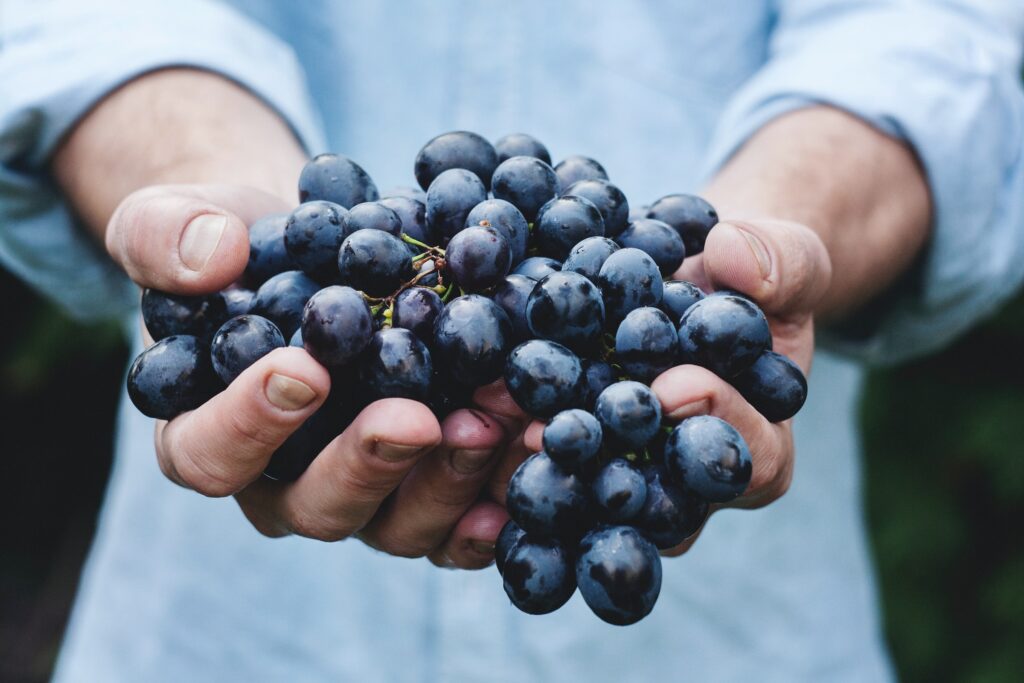
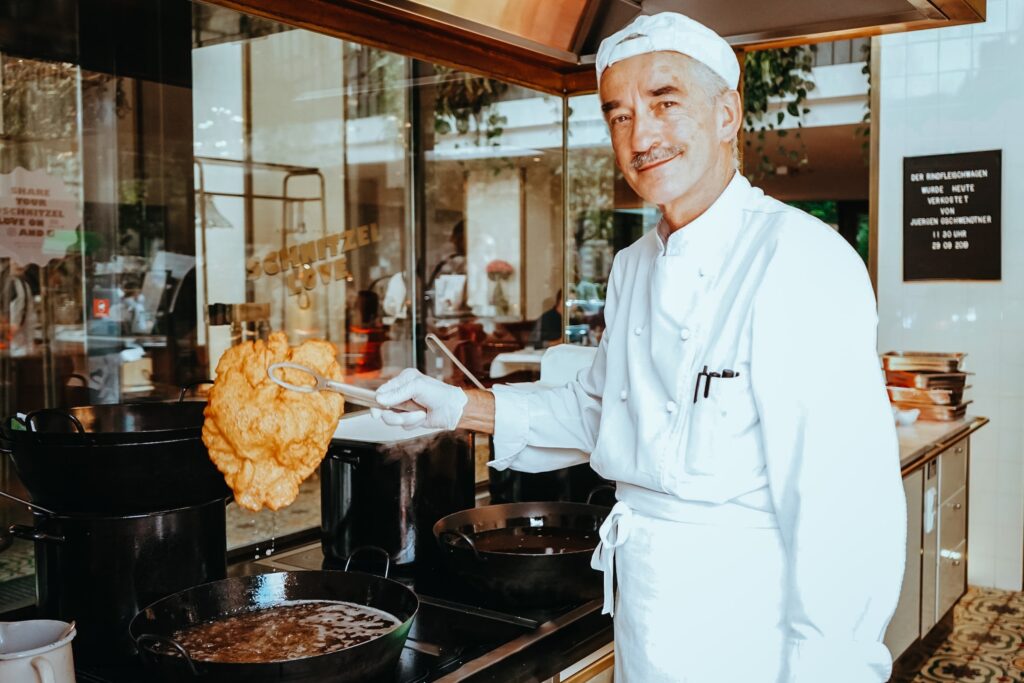

Indulge your taste buds and take a journey across the world with these iconic foods! From the rich and creamy chocolate to the savoury and comforting pasta, these foods have a fascinating history and a vast array of flavours. Whether you’re a food lover or a traveller, trying these dishes in their authentic form is a must-do for anyone seeking a happy and satisfying experience.

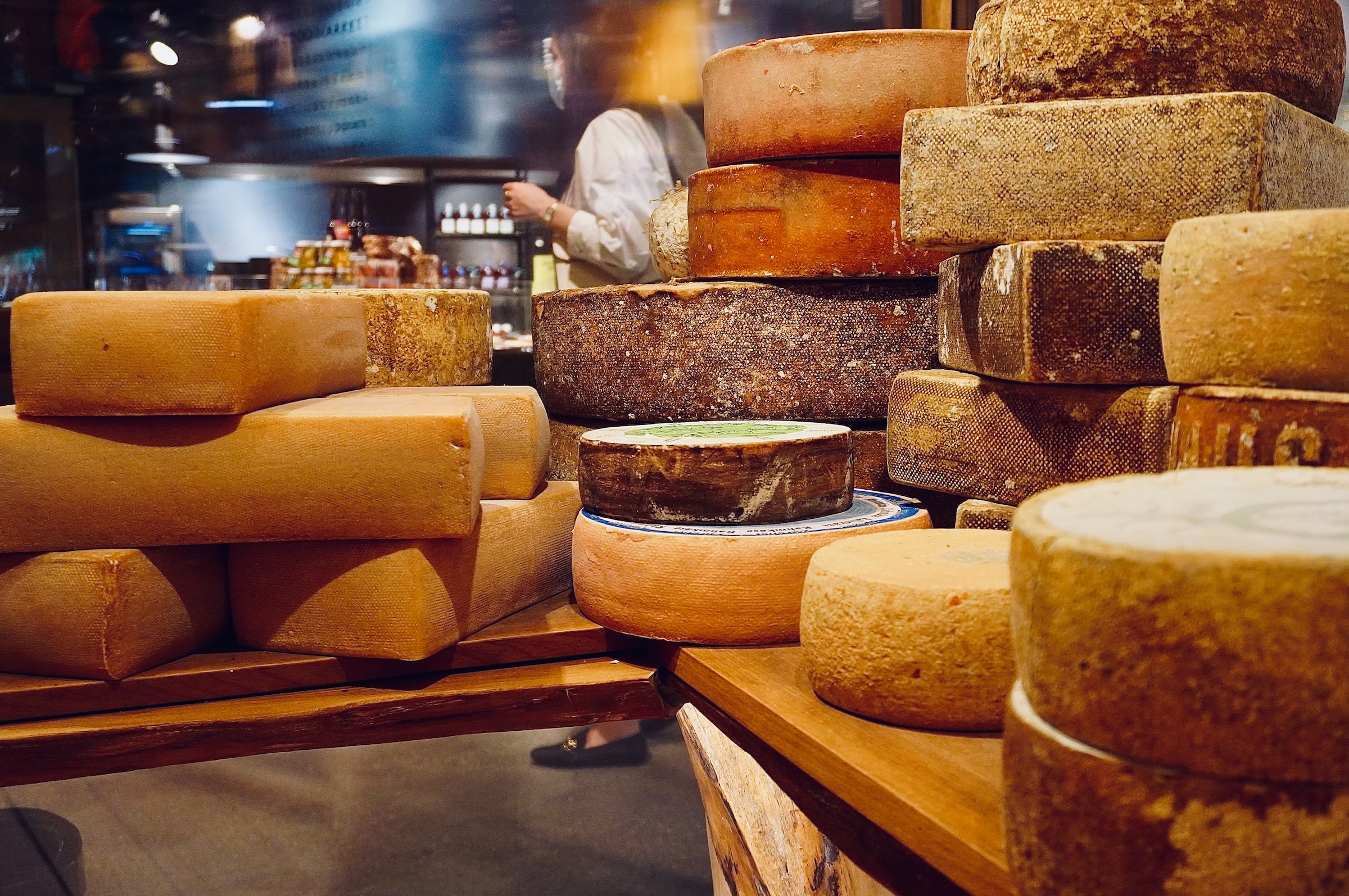
Greetings! Very useful advice within this article! Its the little changes that make the most significant changes. Thanks a lot for sharing!